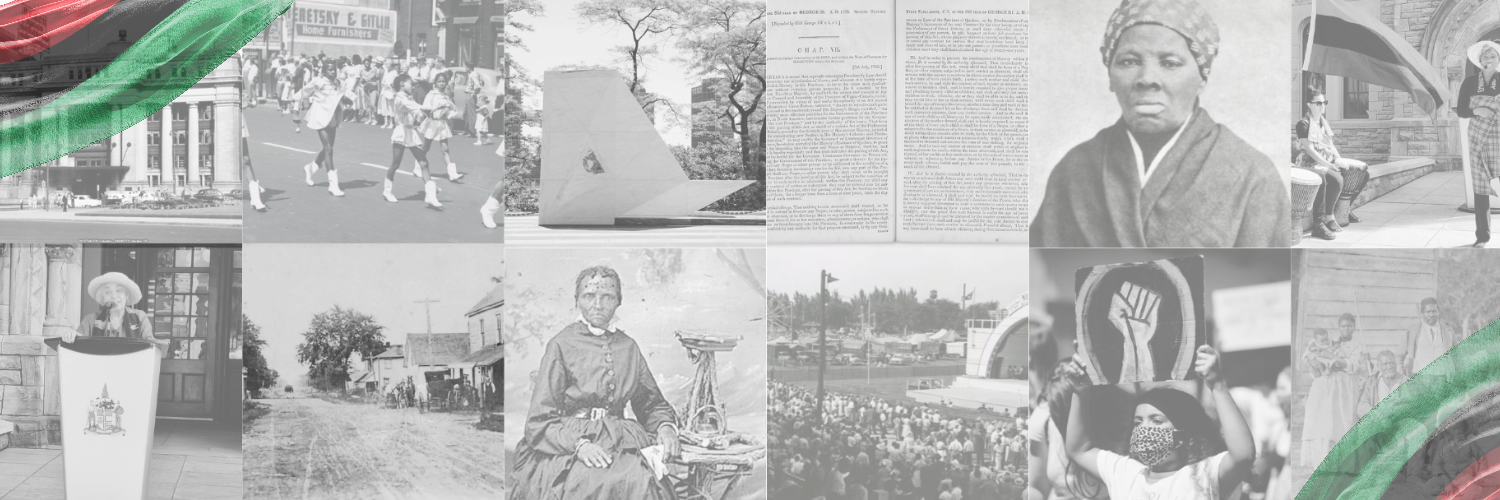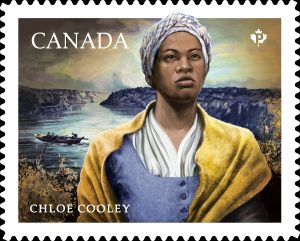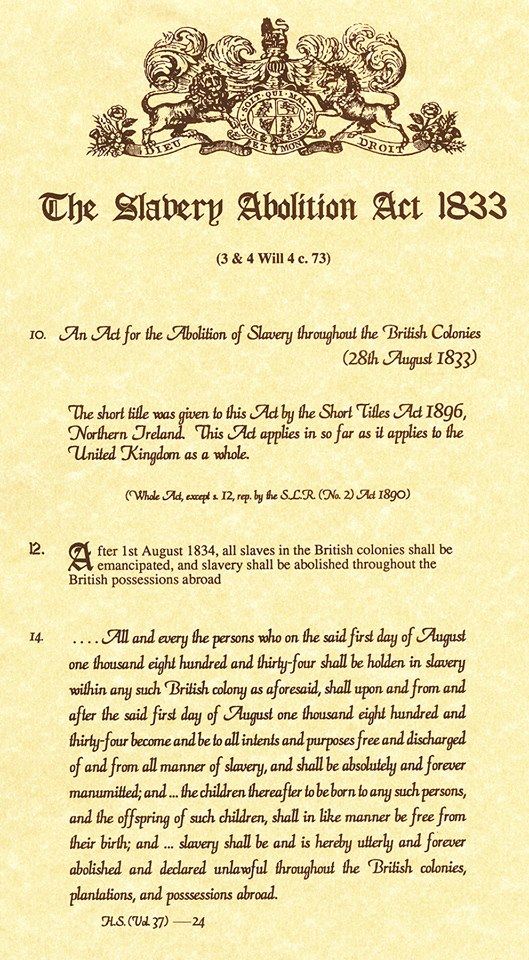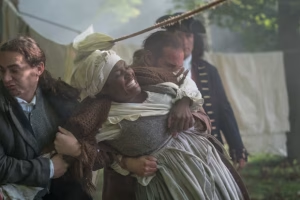
Emancipation Day
Emancipation day is a central feature to our Black Canadian history and identity.
This day is one celebrating the great strength and perseverance of Black communities in Canada.
On March 24, 2021, the House of Commons voted unanimously to officially designate August 1 Emancipation Day. It marks the actual day in 1834 that the Slavery Abolition Act of 1833 came into effect across the British Empire.
Emancipation Day is observed in many former European colonies in the Caribbean and Canada on August 1st as well as areas of the United States on various dates to commemorate the emancipation of enslaved people of African descent.
Canadians are not always aware that Black and Indigenous Peoples were once enslaved on the land that is now Canada. Those who fought enslavement were pivotal in shaping our society to be as diverse as it is today.
Brief Timeline
- The Slavery Abolition Act (1833) abolished enslavement in most British colonies
- The Act received Royal Assent on 28 August 1833 and took effect 1 August 1834.
- During the period of abolition (1834-1838), enslavement was replaced by indentureship.
- That being said, only slaves below the age of six were freed. Enslaved people older than six were re-designated as “apprentices and required to work 40 hours per week without pay, as part of compensation payments to their former owners
- Each August 1st, Canadians are invited to reflect, educate and engage in the ongoing fight against anti-Black racism and discrimination.
The Story of Chloe Cooley
Chloe Cooley was a person of extraordinary courage. In 1793, Cooley—a woman in slavery who resided in Queenston, Upper Canada—became the national symbol of opposition to slavery. Cooley worked as a domestic slave for Adam Vrooman and was on her way to being sold across the border into America when she cried and fought Vrooman and his companions, who had chained and beaten her. Though she lost the struggle, her voice altered the course of the nation’s history when bystanders heard her shouts and contacted lieutenant governor John Graves Simcoe. Following significant debates and conflicts in Parliament, Chloe Cooley’s act of resistance resulted in the first statute restricting slavery.
This statute titled the Act to Limit Slavery in Upper Canada of 1793 was the first legislation of its kind to put limits on the importation of new enslaved people into the country by banning it immediately, and ultimately encouraging many to seek freedom in Upper Canada. Though it did not ban slavery or free those enslaved, it prevented the practice of slavery from growing into an ever larger business and absolved the province from any financial burden when an individual was freed.




